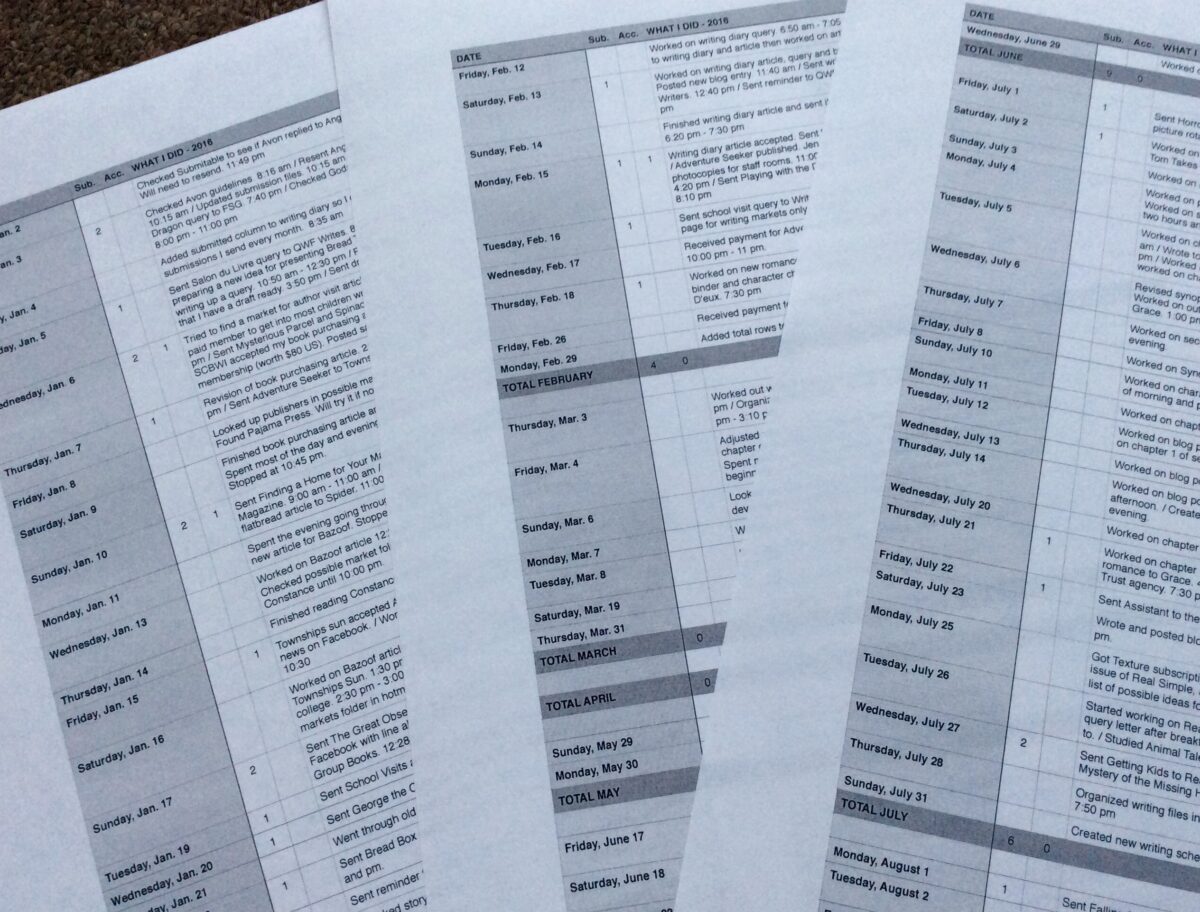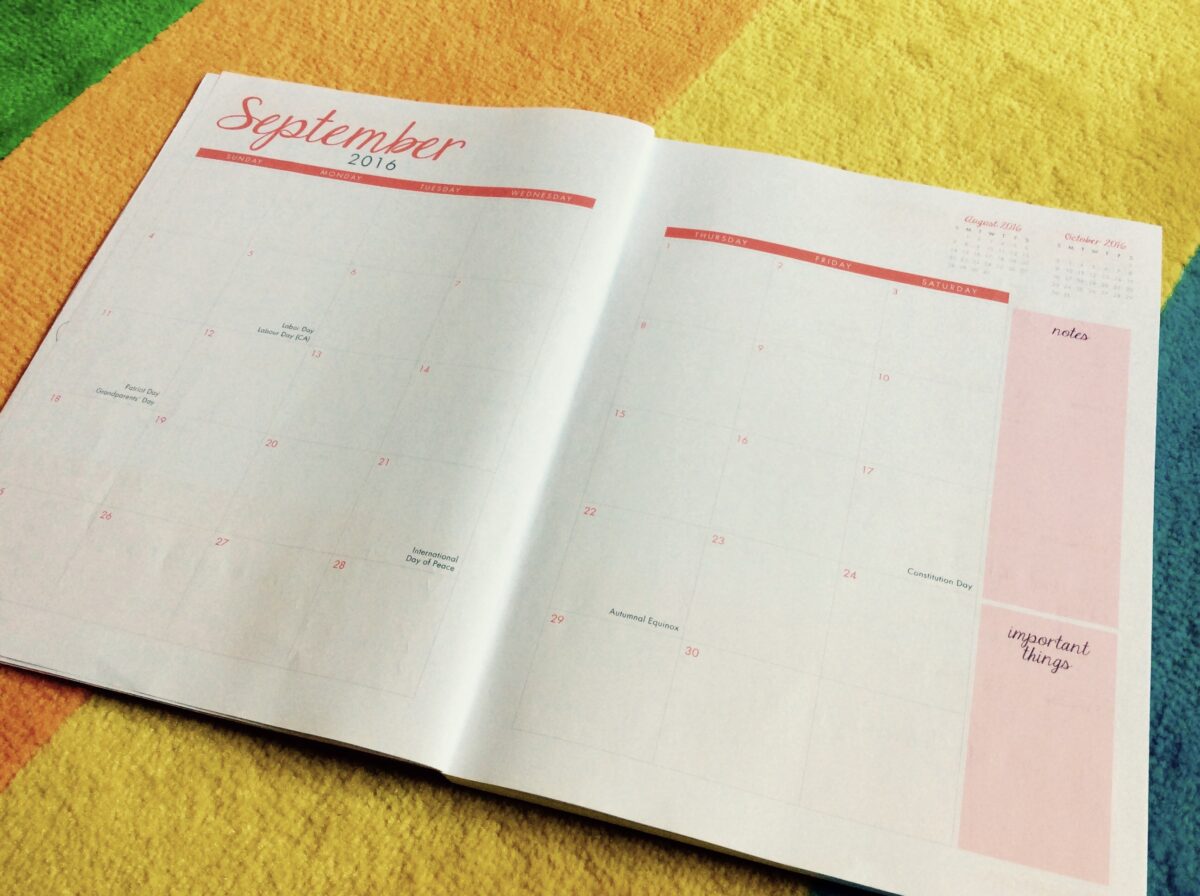Brain freeze is something you associate with ice cream or a super cold drink. It’s certainly not the first thing that comes to mind when you think of writing, especially not at this time of year. I mean, brain freeze is all about panic, stress, pressure, and all sorts of fear-inducing factors, while summer is all about play, fun, and relaxation.
Summer is usually a happy time for me, not because I expect to put my feet up on a beach somewhere (although that would be nice, too), but because I get to have a whole month to write! My library job is temporarily suspended, my translation clients are off on their own adventures, leaving me totally free to write. This is the time when I start a new novel or attempt to finish a project in progress; when I let my mind wander and come up with amazing ideas; when I try new genres just for the fun of it. Pure and simple joy!
This summer things haven’t gone quite as expected. In fact, they took a completely downward turn. My happy expectations vanished overnight when unforeseen expenses drained my bank account to an alarming level. I needed to make money and fast!
Unfortunately stress and writing don’t mix well, at least not when you’re not used to it. In my case, during that first week of vacation, my brain literally froze. I learned that there’s a vast difference between self-imposed pressure and the real deal. It’s one thing to plan on increasing your income with your writing and set yourself goals and deadlines, but it’s quite another to be forced into it. Up until now, my writing had grown at its own slow pace, which is to be expected as I write part-time. But slow was suddenly, and definitely, not an option anymore.
I think what saved me from my brain freeze and got me moving again was, funnily enough, having to stack a bunch of firewood! Being relatively new to country living, my body is not used to hard labour. If I stack wood one day, I need the following one to recover. So I’d tire out my body one day and ease into writing the next. By the time all the wood was stacked at the end of the first week, I was able to keep right on writing.
So far, the positive thing that emerged from all this drama is that it is forcing me to come out of my safe and cozy, introverted shell. Although I’m an extremely friendly person, I don’t naturally reach out to people. But I realized that connecting with others and building relationships was crucial at this point. The need to make money hurled me way out of my comfort zone.
As I opened myself up and started reaching out to magazine editors, book publishers, former clients and employers, and anyone who might need my writing and translating skills, strange coincidences began to happen. A publisher I had not heard of in eight months turned down the picture book manuscript I had submitted, but encouraged me to send more stories directly to her. An ex bookstore colleague now turned educational book rep contacted me out of the blue to ask me if I knew writers, proofreaders, and translators who might be interested in working on a new line of activity books. Yes, me! Pick me! Then finally, finally, a magazine editor asked me to revise a short story for possible inclusion in her publication, and then accepted it after I did so!
None of these things have filled up my bank account yet, but they’re a great beginning. More importantly, they’ve given me hope and helped me renew my efforts with greater enthusiasm and energy.
The moral of the story is, if you ever find yourself with a case of writer’s brain freeze, do the following:
- Move your body in any way you can. It will help you stop worrying and clear your mind.
- Decide what needs to be done.
- Then do it! Don’t worry about the outcome. Just get on with it.
- Ask for help. Reach out to past and present clients, friends, social media groups, the universe. You never know who might be able to lend a hand.
- Don’t stop until you’re safely out of the danger zone. Take short breaks when you need to and do get a full night’s sleep, but don’t stop until you reach that safe point—only you know what that will be.
If all else fails, leave a comment below. Maybe I can help you work it out. But first, I need to reach my own safe point!










